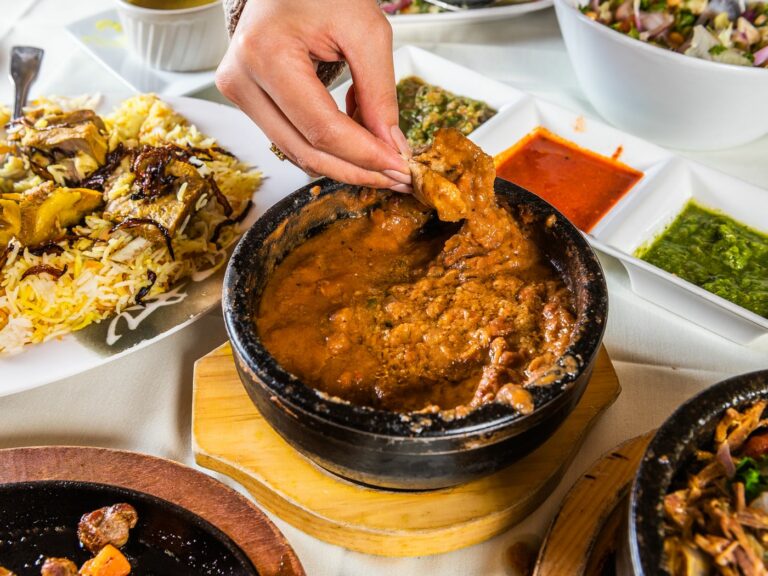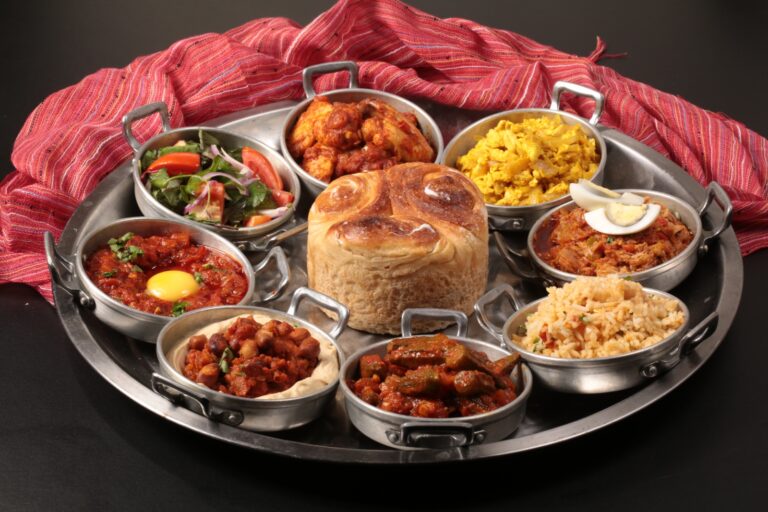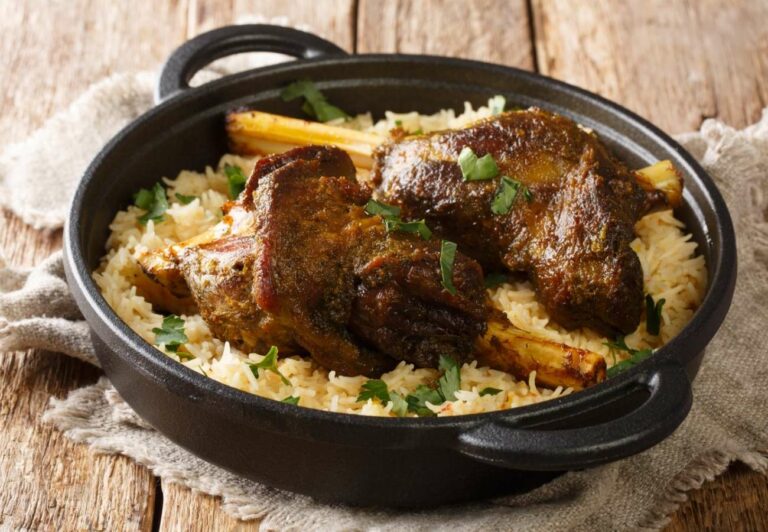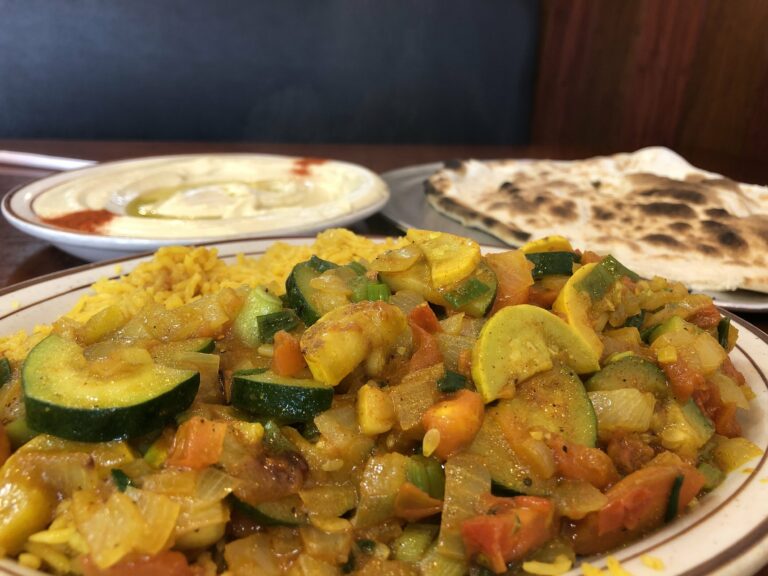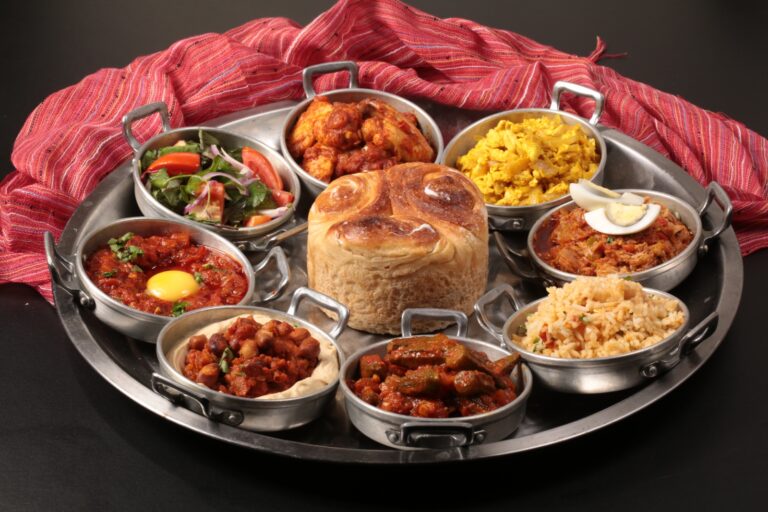Introduction to Yemeni cuisine
Yemeni cuisine is a reflection of the country’s historical and cultural diversity. It is a blend of Arab, Turkish, Persian, Indian, and African influences. The cuisine features a variety of spices and flavors and is best known for its usage of ground cumin, coriander, turmeric, and dried ginger. The most common Yemeni dish is saltah, a hearty stew made with meat, vegetables, and spices such as fenugreek and cumin.
The importance of traditional cooking techniques
Yemeni cuisine is preserved through traditional cooking techniques that have been passed down from generation to generation. These methods not only maintain the authenticity of the cuisine but also add to the unique flavors and textures of the dishes. The most common traditional cooking techniques used in Yemeni cuisine include tandoor oven cooking, maraq cooking, and bint al-sahn.
Tandoor oven cooking
Tandoor oven cooking is a technique used to cook bread, meat, and vegetables in a cylindrical clay oven. The oven is heated using charcoal or wood, and the food is placed inside to cook for several hours. Tandoor oven cooking is widely used in Yemeni cuisine to make bread, such as samoon and malawah, and to cook meat dishes like shawarma. This method of cooking creates a crispy exterior while keeping the interior moist and flavorful.
Maraq cooking – stewing with spice
Maraq cooking is a technique used to prepare stews using a variety of spices. In Yemeni cuisine, maraq is made by slow-cooking meat, vegetables, and spices in a pot. Spices such as cumin, coriander, and cardamom are commonly used, and the dish is served with a side of rice. Maraq is a hearty and flavorful dish that is typically eaten during special occasions and celebrations.
Bint al-sahn – a sweet, layered bread
Bint al-sahn is a traditional Yemeni sweet bread made from layers of dough, honey, and clarified butter. The bread is baked in a special pan and served warm. Bint al-sahn is a staple dessert during Ramadan and is also commonly served during weddings and other celebrations.
Conclusion: preserving Yemeni culinary heritage
Traditional cooking techniques are at the heart of Yemeni cuisine. They are essential in preserving the authenticity and uniqueness of the dishes. Tandoor oven cooking, maraq cooking, and bint al-sahn are just a few examples of the traditional techniques that have been passed down for generations. By continuing to use these techniques, Yemeni cuisine can be preserved for future generations to enjoy.

